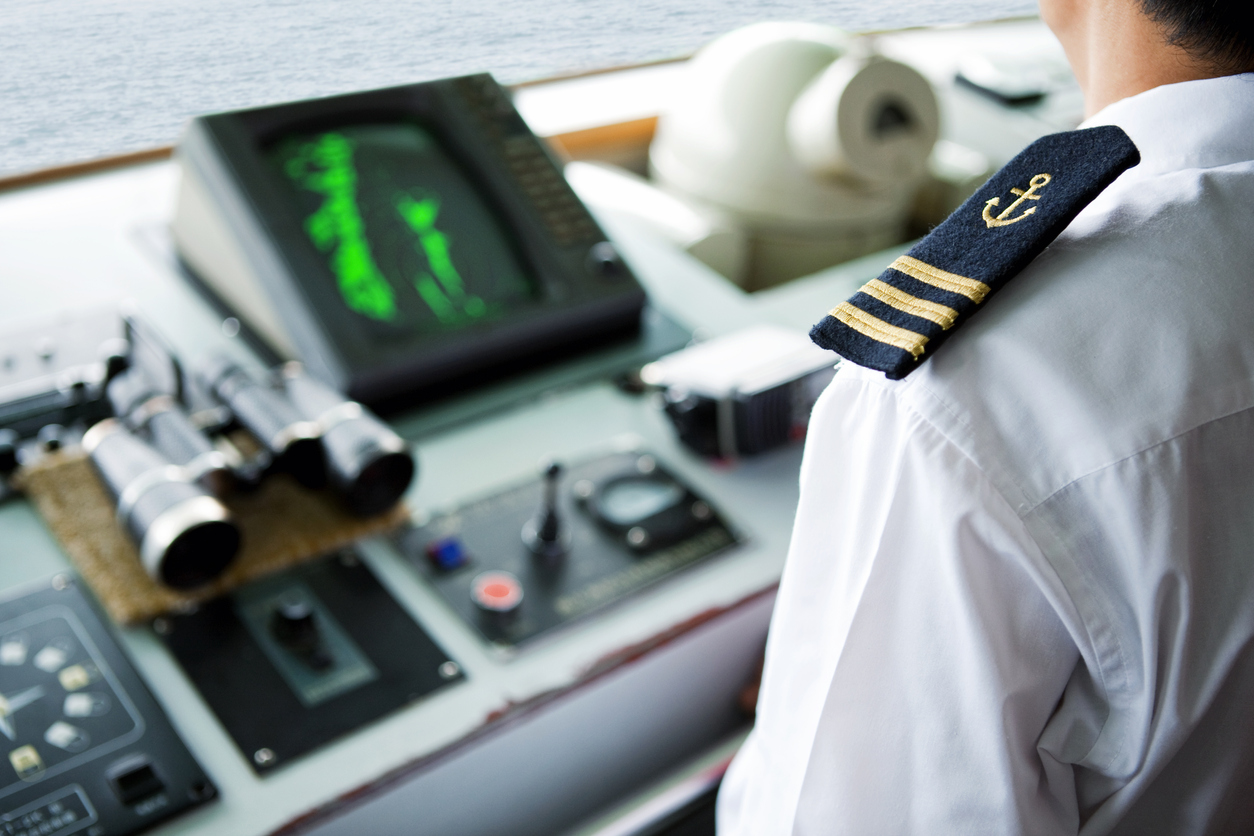
Ship Navigator Radar Techniques
January 19, 2021
For thousands of years, ship operators have been the beneficiaries of new navigation technologies. Along the way, seafarers have relied on maritime navigation techniques such as using stars to find the way, to the development of optical instruments for navigation and eventually today’s sophisticated radar systems. In a very discrete way, modern radar is a component of risk management, which includes commercial marine insurance and best maritime practices for navigating safely around the world. Radar is complex and as such requires a thorough understanding in order to maintain safe shipboard operations. In this guide, we will explore best practices for maritime radar techniques, helping keep marine vessels and their crews safe.
Nautical Radar: A Brief History
Although the technology was developed in the first few years of the 20th century by a German scientist, it was not until World War II that nautical radar was broadly adopted by maritime users. Radar stands for “RAdio Detection And Ranging” and uses radio waves traveling between a transmitter and receiver. Originally, the technology was used to detect objects in poor visibility. Soon after it was adopted in the early part of WWII, radar’s abilities expanded rapidly, allowing ships to detect nearby objects, other vessels, and for station keeping. Today, powerful radar systems are an integral part of shipboard navigation, regardless of sea or weather conditions. In one way, this technology supplements the risk management of commercial marine insurance by allowing mariners to travel safely throughout the world.
Techniques for Using Radar at Sea: Best Practices
There are numerous manufacturers of radar systems for the commercial marine industry. Within these myriad choices are two major types of system, X-band and S-band. X-band radars generally use smaller antennas and are ideal for collision avoidance and navigational purposes. S-band radars are for more specialized applications, allowing mariners to find their way through treacherous weather conditions or to detect ships and obstacles from long distances.
These different applications are the first part of best practices for mariners: understanding when and why to employ S-band or X-band systems. Most modern ships are equipped with both, and each will have its own settings which can be dialed in to reflect prevailing conditions or the navigational needs of the vessel. Mariners should gain a thorough familiarity with these radar systems to get the most from them. Just like commercial marine insurance, there is no one-size-fits-all solution when it comes to safe maritime navigation.
Additional nautical radar best practices include:
- Never to rely on radars alone. In close quarters, such as in ports, high-traffic shipping lanes, or narrow waterways, posting a deck watch and alerting the bridge can help prevent collisions. Navigators must be aware when radar systems’ settings are changed; delays as the new settings come online can result in dangerous incidents.
- Entering speeds into radar systems requires care. Navigators know that speed over ground and speed through water (STW) figures can vary; inputting the wrong information for the application can result in significant collision risks, especially in high-traffic waterways. Navigators must use log inputs to remain within collision avoidance regulations (COLREGS).
- Navigators and bridge crews new to a vessel should be given proper training on radar systems, including preferred settings and applications. While there is some uniformity between systems, having a thorough understanding of radar equipment can help provide at-sea protection. Also, since sea and traffic conditions vary throughout the watch, radar operators must continually monitor radar performance and settings. As a risk management strategy, this attentiveness to radar operation helps to supplement the coverages provided by commercial marine insurance.
Finally, all shipboard systems can fail, including radar navigation equipment. Knowing what to do in case of failure has saved many lives; navigators must be ready and able to reset equipment or employ alternative systems to prevent collisions. Safety at sea depends not only on advanced technologies like radar, but also the training and experience of your crew. With these radar best practices implemented aboard commercial vessels, the risks of an expensive or life-threatening collision can be minimized.
About Merrimac Marine Insurance
At Merrimac Marine, we are dedicated to providing insurance for the marine industry to protect your clients’ business and assets. For more information about our products and programs, contact our specialists today at (800) 681-1998.
